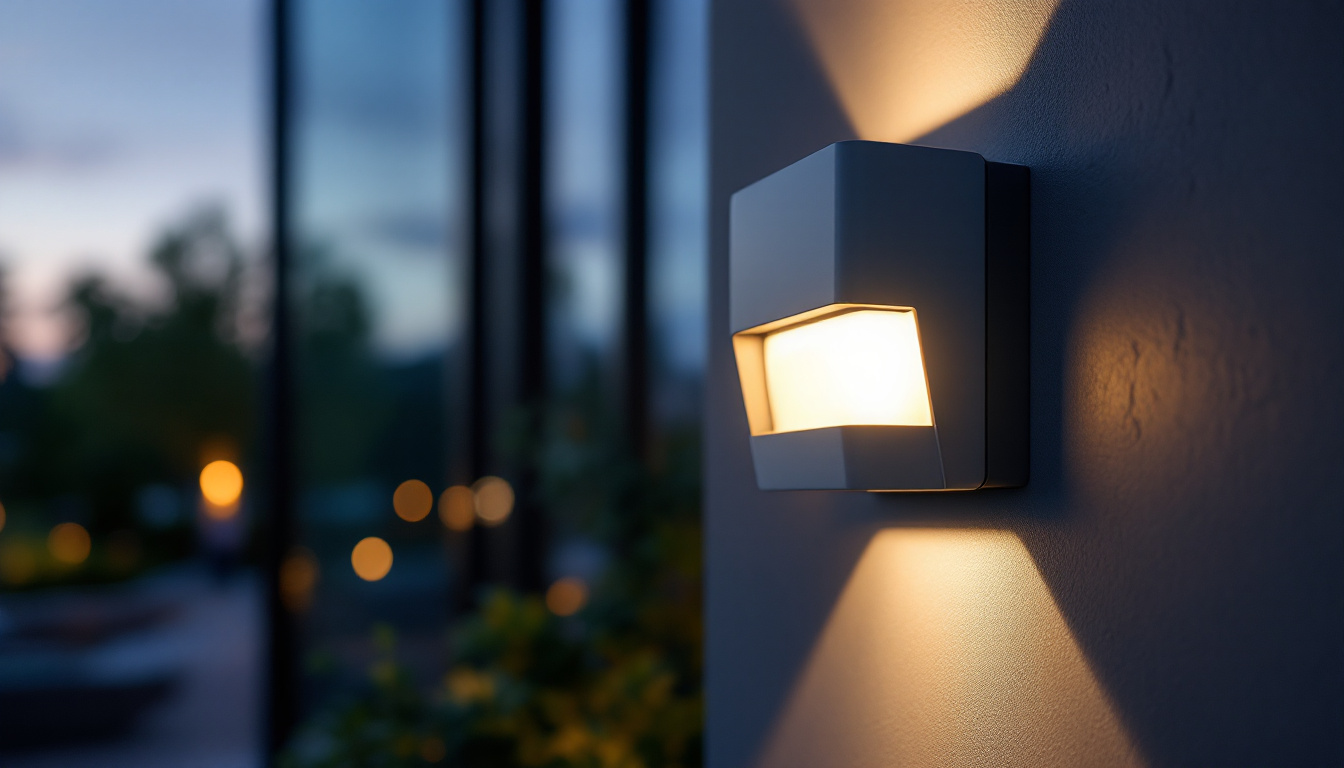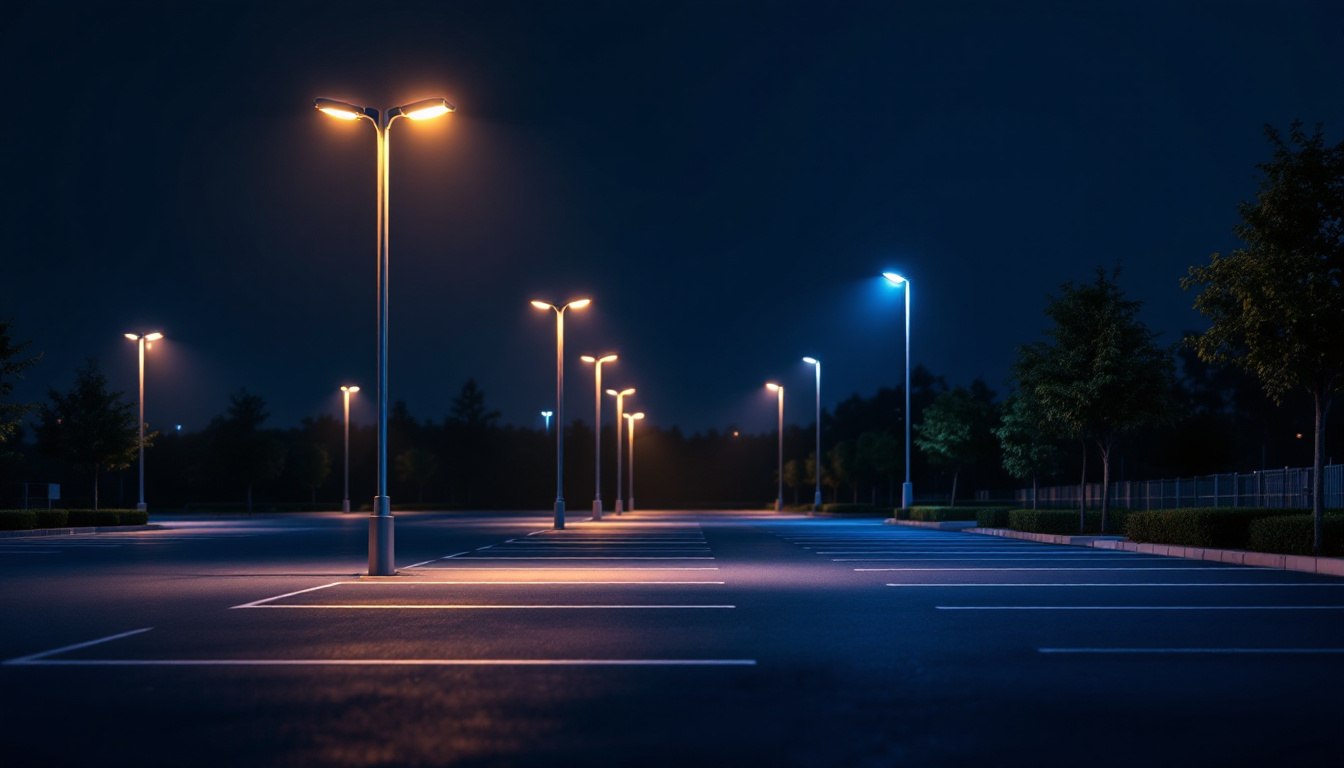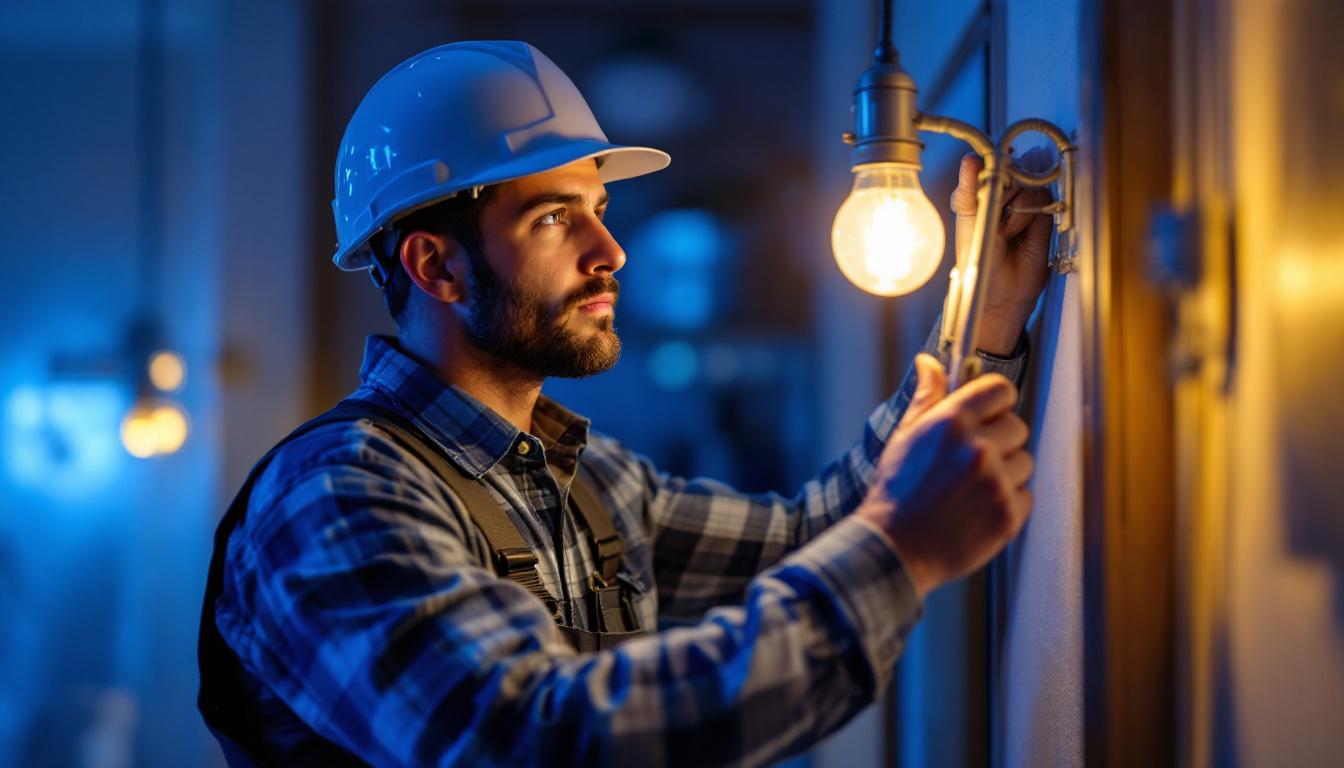
Lighting plays a crucial role in enhancing the aesthetics and functionality of any space. For lighting contractors, mastering T Bar lighting can significantly elevate their projects, ensuring that they meet both design and efficiency standards. This article delves into the essential resources and strategies that lighting contractors can utilize to master T Bar lighting, providing a comprehensive guide to understanding its applications, benefits, and installation techniques.
T Bar lighting, often referred to as grid lighting, is a popular choice for commercial and industrial spaces. It consists of a suspended ceiling grid system that supports light fixtures, making it a versatile option for various environments. Understanding the fundamentals of T Bar lighting is essential for contractors looking to optimize their designs and installations.
T Bar lighting systems are characterized by their grid-like structure, typically made of metal or vinyl, which creates a framework for holding light fixtures. This design allows for easy access to the fixtures for maintenance and replacement, making it a practical choice for high-traffic areas. The fixtures can be recessed, surface-mounted, or pendant styles, offering flexibility in design. The modularity of the T Bar system not only facilitates quick installation but also enables future upgrades or changes without the need for extensive renovations, making it a cost-effective solution in the long run.
T Bar lighting is commonly used in offices, schools, hospitals, and retail spaces. Its ability to provide uniform illumination makes it ideal for environments where visibility is crucial. Additionally, the modular nature of T Bar systems allows for easy reconfiguration, accommodating changes in layout or lighting needs as spaces evolve. In educational settings, for instance, T Bar lighting can be strategically installed to enhance focus and productivity among students, while in retail environments, it can be adjusted to highlight products effectively, creating an inviting atmosphere that encourages sales.
One of the primary advantages of T Bar lighting is its energy efficiency. Many modern fixtures utilize LED technology, which consumes significantly less power than traditional incandescent or fluorescent bulbs. This not only reduces energy costs but also contributes to a more sustainable environment. Furthermore, T Bar lighting systems can improve the overall aesthetic of a space, offering a clean and contemporary look. Beyond aesthetics, these systems also contribute to improved acoustics in large spaces, as the grid can help absorb sound, making environments more comfortable for occupants. Additionally, the versatility of T Bar lighting allows for the integration of smart lighting solutions, enabling users to control brightness and color temperature, further enhancing the functionality of the space.
To effectively work with T Bar lighting, contractors must be equipped with the right tools and equipment. Having the appropriate resources on hand can streamline the installation process and ensure high-quality results.
Every lighting contractor should have a standard toolkit that includes essential items such as screwdrivers, pliers, wire cutters, and a level. These tools are fundamental for installing fixtures securely and ensuring that they are aligned correctly within the T Bar grid. A laser level can also be beneficial for achieving precise measurements and alignment. Furthermore, a multi-tool can be particularly advantageous, as it combines several functions into one compact device, allowing for quick adjustments and repairs without the need to switch tools frequently.
In addition to basic tools, specialized equipment can enhance the efficiency of T Bar lighting installations. For example, a wire pulling tool can simplify the process of running electrical wiring through the grid. Additionally, a ceiling tile cutter may be necessary for creating openings for fixtures, ensuring a clean and professional finish. Beyond these, a thermal imaging camera can be a valuable asset for identifying potential electrical issues before they become problematic, allowing contractors to address concerns proactively and maintain the integrity of the installation.
Safety should always be a priority on any job site. Contractors should invest in personal protective equipment (PPE) such as hard hats, safety goggles, and gloves. This gear helps protect against potential hazards while working at heights or handling electrical components. Moreover, non-slip footwear is crucial for maintaining stability on ladders or scaffolding, especially in environments where dust or debris may accumulate. Additionally, high-visibility vests can enhance safety by ensuring that contractors are easily seen by others on the job site, reducing the risk of accidents in busy areas.
When designing a T Bar lighting layout, several factors must be considered to achieve optimal results. Understanding these design principles can help contractors create effective lighting solutions that meet the needs of their clients.
Determining the appropriate illumination levels is crucial for any lighting project. Different spaces require varying levels of brightness, depending on their function. For instance, office spaces typically require around 300-500 lux, while retail environments may need higher levels to highlight products effectively. Conducting a lighting audit can help identify the specific needs of each area.
The choice of light fixtures plays a significant role in the overall effectiveness of T Bar lighting. Contractors should consider factors such as color temperature, beam angle, and lumen output when selecting fixtures. LED options are often preferred due to their longevity, energy efficiency, and available color options, allowing for greater flexibility in design.
The layout of fixtures within the T Bar grid is another critical consideration. Proper spacing ensures even light distribution and minimizes shadows. A common guideline is to space fixtures approximately 4 to 6 feet apart, depending on the fixture type and the desired illumination level. Utilizing lighting design software can assist in visualizing the layout and making necessary adjustments.
Mastering the installation of T Bar lighting requires a thorough understanding of the techniques involved. Proper installation not only ensures safety but also enhances the performance and longevity of the lighting system.
Before installation begins, it is essential to prepare the space adequately. This includes ensuring that the ceiling grid is securely installed and that all necessary electrical connections are in place. Contractors should also verify that the fixtures are compatible with the existing electrical system and that all local codes and regulations are followed.
When installing fixtures, contractors should follow the manufacturer’s instructions closely. This typically involves securing the fixture to the T Bar grid and connecting the electrical wiring. It is crucial to ensure that all connections are tight and that there are no exposed wires, as this can pose a safety hazard.
After installation, testing the lighting system is a vital step. Contractors should check for any flickering or inconsistencies in brightness and make adjustments as needed. This may involve repositioning fixtures or adjusting the electrical connections to ensure optimal performance.
Regular maintenance is essential for preserving the functionality and appearance of T Bar lighting systems. Understanding common issues and how to address them can help contractors provide better service to their clients.
Conducting routine inspections of T Bar lighting systems can help identify potential issues before they become significant problems. Contractors should check for signs of wear, such as flickering lights or discoloration of fixtures. Regular cleaning of fixtures can also enhance their performance and prolong their lifespan.
Common issues with T Bar lighting can include flickering lights, uneven illumination, or complete fixture failure. Flickering may indicate a loose connection or a failing bulb, while uneven illumination could result from improper fixture placement. In cases of complete fixture failure, contractors should check the electrical connections and replace any faulty components.
As technology advances, upgrading fixtures can improve energy efficiency and lighting quality. Contractors should stay informed about the latest developments in lighting technology and recommend upgrades to clients when appropriate. This not only enhances the lighting system but can also provide cost savings in energy bills.
The lighting industry is constantly evolving, with new technologies and trends emerging regularly. For lighting contractors, staying updated is essential for maintaining a competitive edge and providing the best service to clients.
Participating in continuing education and training programs can help contractors stay informed about the latest advancements in lighting technology and installation techniques. Many organizations offer workshops, webinars, and certification programs that cover various aspects of lighting design and installation.
Building a network of industry professionals can also provide valuable insights into emerging trends and best practices. Joining industry associations or attending trade shows can facilitate connections with other contractors, manufacturers, and suppliers, fostering collaboration and knowledge sharing.
The internet is a treasure trove of information for lighting contractors. Online forums, blogs, and social media groups dedicated to lighting can provide a platform for discussing challenges, sharing solutions, and discovering new products. Following reputable lighting manufacturers and industry experts can also keep contractors informed about the latest trends and innovations.
Mastering T Bar lighting is an essential skill for lighting contractors looking to enhance their service offerings and meet the diverse needs of their clients. By understanding the fundamentals, utilizing the right tools, and staying updated with industry trends, contractors can create effective and efficient lighting solutions that elevate any space. Through continuous learning and adaptation, lighting contractors can ensure their success in an ever-evolving industry.
Ready to take your T Bar lighting projects to the next level? LumenWholesale is here to support your mastery with our extensive range of high-quality, spec-grade lighting products. Say goodbye to local distributor markups and hello to unbeatable wholesale prices that don’t sacrifice performance. Our selection not only meets but exceeds industry standards, ensuring your installations shine with reliability and efficiency. Plus, with free shipping on bulk orders, you can stock up on premium lighting solutions at the best value — all without hidden fees or compromises. Elevate your lighting projects with the quality, affordability, and convenience of Wholesale Lighting at the Best Value from LumenWholesale.

Discover how Wallpack is revolutionizing the lighting industry with innovative designs and cutting-edge technology.

Discover the evolving role of parking lot light poles in the lighting industry.

Discover the transformative advantages of Lightpole technology for lighting contractors.

Discover the essential best practices for using General Electric lamps in this comprehensive guide tailored for lighting contractors.